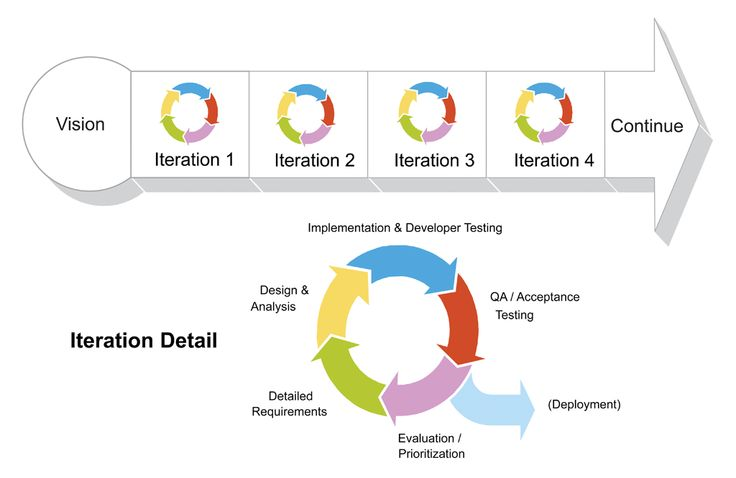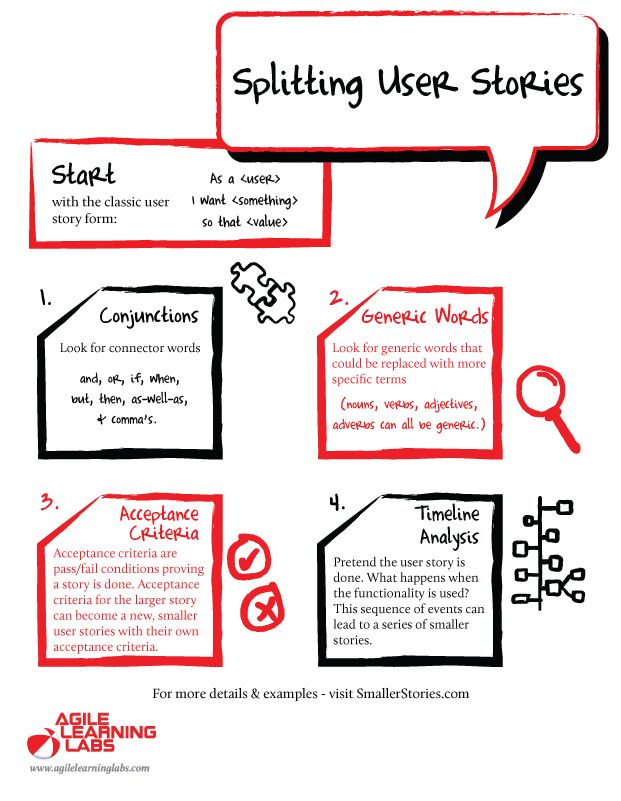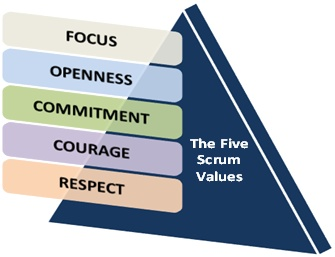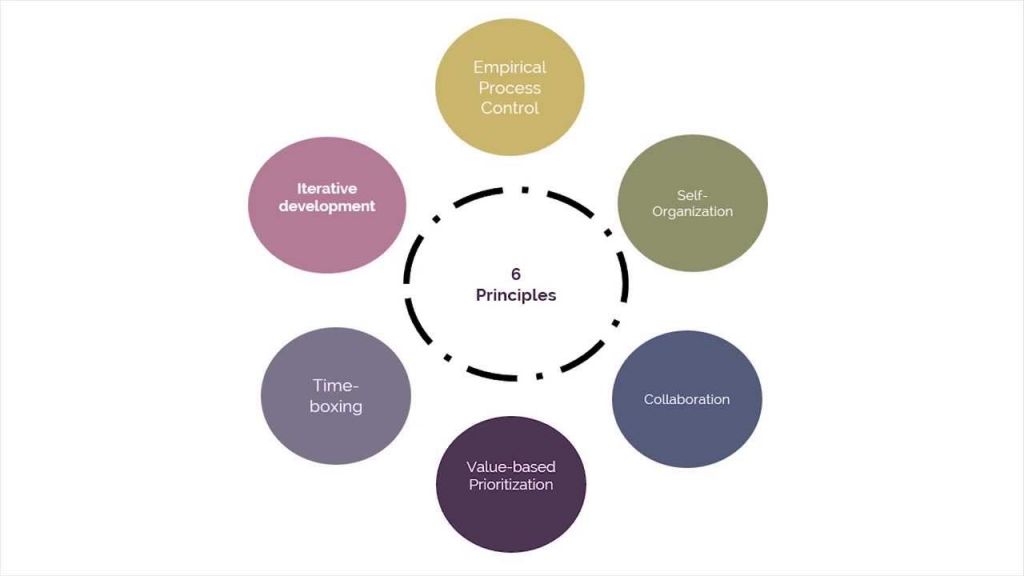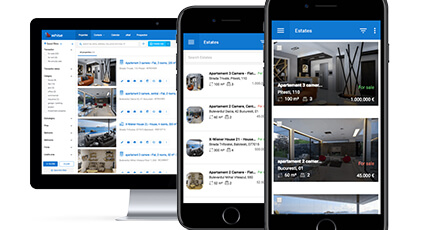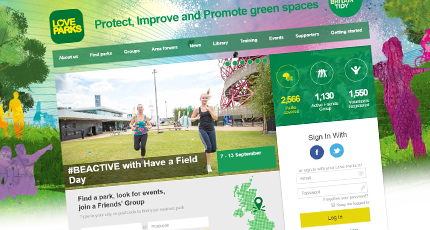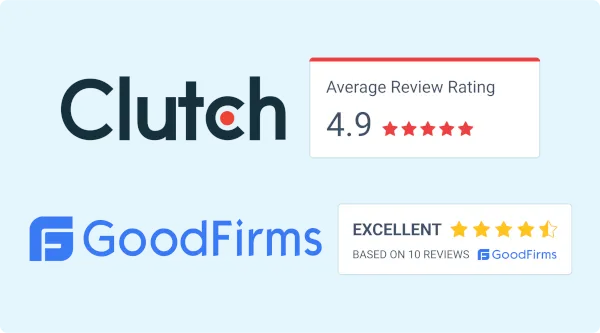Scrum is our preferred development framework at Roweb and this choice has yielded very good results for our projects. This article will focus on the Roles in Scrum and it will be followed by another two which will contain details about the Events in Scrum and Artifacts in Scrum.
Scrum is an Agile framework used to develop projects and is based on the concept of “KISS” (i.e. Keep it Simple Stupid). The first mention of this technique can be found in 1986, by Hirotaka Takeuchi and Ikujiro Nonaka and then it was used for commercial product development. The first official document defining Scrum was presented in 1995 and was written by Jeff Sutherland and Ken Schwaber.
The name “Scrum” is a term from rugby, and it’s used as a metaphor to reflect the degree of cooperation needed to succeed. So scrum is a Team pack in rugby where everyone in the pack acts together to move the ball down the field.
The main benefits of Scrum are:
- Scrum delivers products faster
- Scrum allows clients to change priorities and requirements quickly after each Sprint
- Decision making is moved to the lowest level (line employees) and they are able to understand all of the facts
- Visibility of the status and progress to the entire management
- Motivated and inspired Team members
- Improved credibility with your clients due to a higher quality product which will be constantly improved
- More predictable release cycle because the Sprint has a specific duration (1-4 weeks)
- The Team learns to achieve a sustainable pace, so that they can continue to be productive.
What does Agile mean? Agile development is based on iterative incremental development, in which requirements and solutions evolve through Team collaboration. The project is split in small units called “user stories” and these are prioritized and delivered using “iterations”.
Image source: scrumreferencecard.com
A user story is an Agile software development tool used to capture a description of a software feature from an end-user perspective.
The Scrum Values
Image source: toolsjournal.com
Focus
Because the Team members focus on only a few things at a time, they work well together and produce excellent work. They deliver valuable items sooner.
Courage
Because they work as a Team, they feel supported and have more resources at their disposal. This gives them the courage to undertake greater challenges.
Openness
As they work together, they express how they are doing, what obstacles and concerns they may be facing so these can be addressed.
Commitment
Because they have greater control over their own work, they are more committed to SUCCESS.
Respect
As they work together, sharing successes and failures, they come to respect each other and to help each other become better.
The Scrum Principles
Image source: https://www.youtube.com
Sprint
An iteration in Scrum is represented by a Sprint which is a basic unit of development. It can take between one week and one month, and the product is in a stable state after each sprint and it can be delivered to the market.
Roles in Scrum
Product Owner
Key Attitude: “I own this Product and I want to see it succeed. I will only ask the Team to build what has Business Value and an ROI for my organization. I am a consensus builder, and I love marketing and selling the value of what the Team has accomplished.” – Product Owner
The Scrum starts when a client needs a product. So, the Product Owner decides how the product will look and when it must be delivered on the market.
The Product Owner
- drives Product Success
- is responsible for ROI
- knows the priorities in the project
- is responsible for defining the User Stories and maintaining the Product Backlog
- must bridge the communication between the Team and their stakeholders
- ensures that the Product Backlog is visible, transparent and clear to all, and shows what the Team will work on further.
- decides after each iteration if he/ she accepts the result of the Sprint.
Scrum Master
Key Attitude: “I don’t succeed unless the Team succeeds. My mission in life is to grease the wheels and ensure that everyone is playing nice and that the process is running smoothly.” – ScrumMaster
Represents the management in the Team and also he/ she is a Servant Leader (someone who leads by first taking care of others’ needs)
- Encourage
- Face to face communication
- Team’s self-organization & accountability
- Transparency, openness in stand-ups, reviews and retrospectives
- Adaptability to change
- Fixing problems without waiting to find Who broke it or Who should fix it
- Facilitate
- All meetings and Scrum ceremonies
- Team’s collaboration with all the Stakeholders
- Team’s release planning
- Creation of suitable Definition of Done
- Maintaining sustainable pace
- Team Bonding Activities
- Reflect
- Help the Team to create information radiators (Burndown Chart, Status Boards)
- Help the Team to retrospect and continuously improve their process
- Reflect issues to the Team through observation from outside of the Team
- Learn and Share
- Continuously self-learn on everything regarding Agile
- Coach and Consult Team on everything regarding Agile
- Interact and exchange experiences with other SMs constantly
- Give regular feedback to Team
- Help Team to monitor metrics as a catalyst for change
- Reward
- Appreciate when the Team does well
- Take pride in the good work done or delivered
- Celebrate success to make the moments memorable
- Protect
- Mediate through conflicts
- Help the Team to get rid of impediments
- Protect the Team from outside obstacles
The Team
Key Attitude: “I do my work, and I do it well, but my race isn’t won until all my fellow Team Members cross the finish line with me. We win as a Team. I check my title (as well as my ego) at the door; I am willing to do whatever it takes to help the Team succeed, even if that means working outside my area of expertise or comfort zone.” – Team Member
A Team is ideally composed by 5 to 9 members (7 +/- 2). The main roles and responsibilities of the Team are:
- Cross-Functional – diverse skill sets on the Team
- Self-Organizing – everyone decides what type of work they would like to do
- Self-Managing – they decide their own tasks and the order in which to accomplish them
- Develop product increments
- Estimate and distribute tasks (user stories)
- Track and report progress
- Updates the audience about the issues, risks and improvements found during the Sprint and its progress
- Inspect and adapt their process in the Sprint Retrospective Meeting
- Collaborate extensively and follow a cooperative product development model
The Story
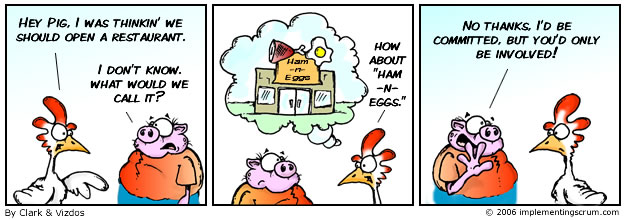
Image source: https://www.implementingscrum.com/2006/09/11/the-classic-story-of-the-pig-and-chicken/
This little story is meant to point out the difference between those who are committed on a product development effort and those who are only involved. Members of a Scrum Team are known as Pigs because they are committed to delivering Sprint Goal. People who are involved but not dedicated to the project are known as Chickens – they attend Scrum meetings as observers.
Take a minute today to ask yourself if you’re making a contribution or a real commitment to your Team’s success. Are you the chicken or the pig in the fable above? Are you really committed?

